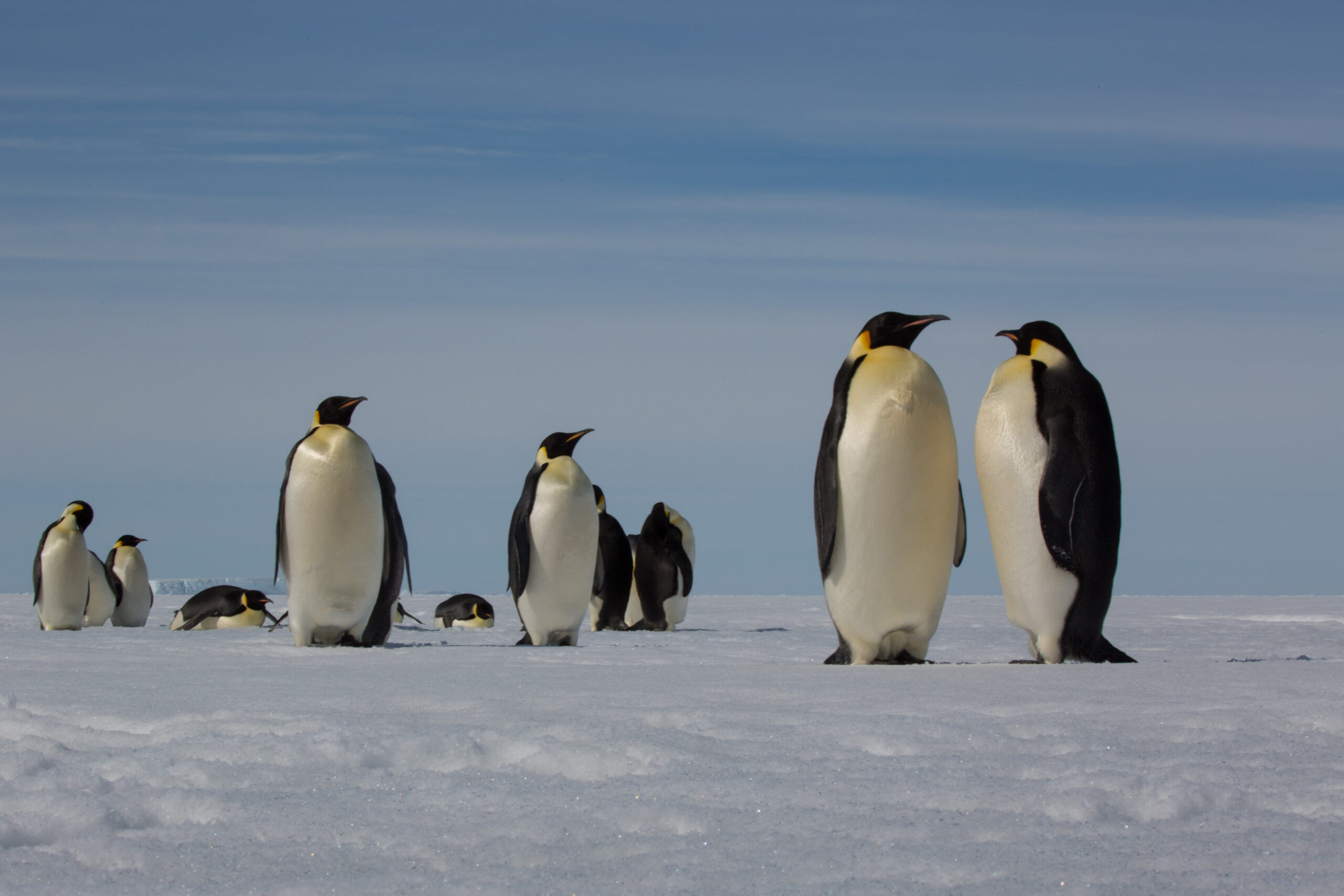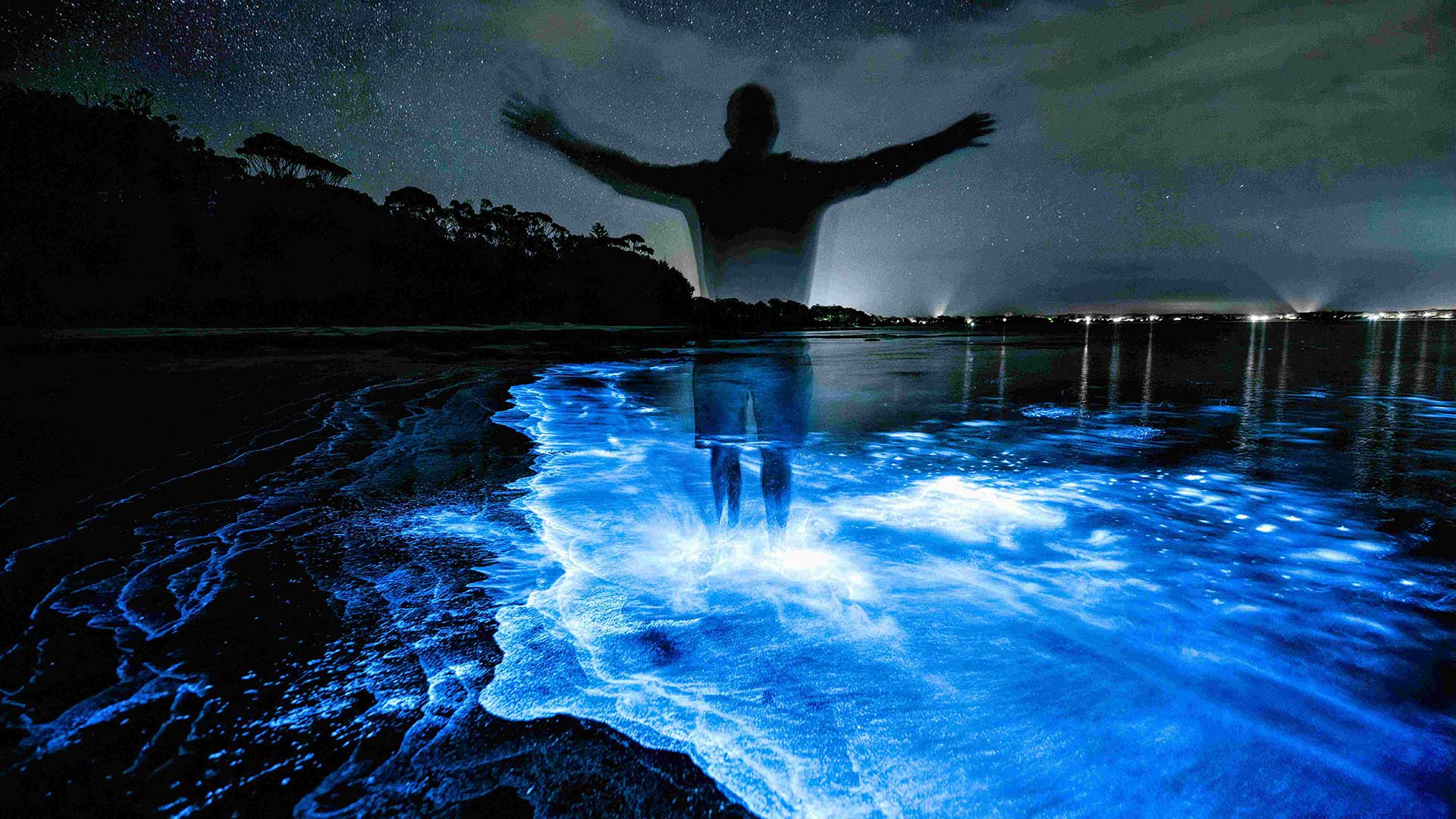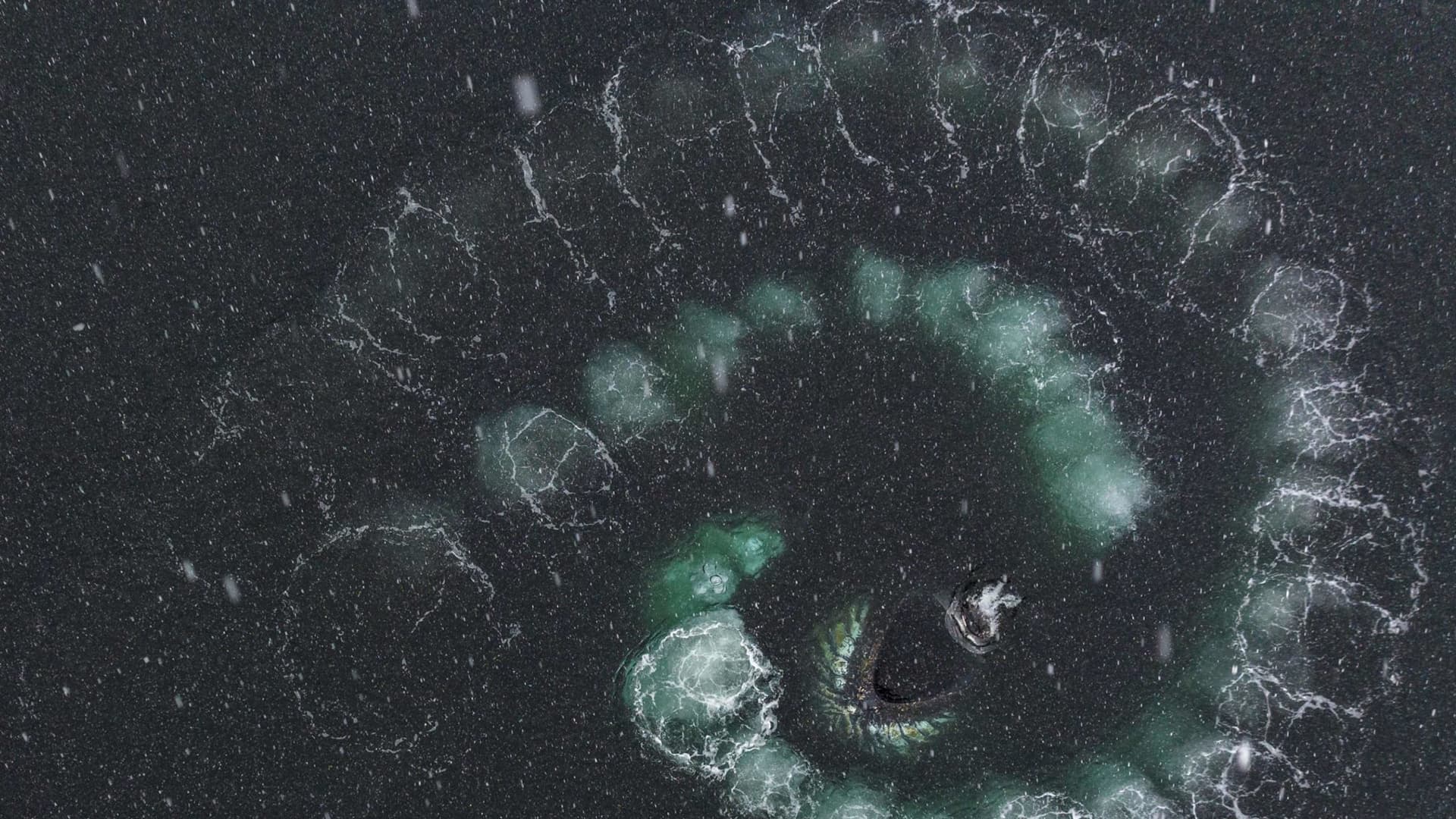Expedition yachts provide front-row seats to some of nature’s most awe-inspiring displays, allowing guests to travel to far-flung destinations where the natural world operates outside of the bounds of everyday life. From volcanic eruptions to glacial calvings, these phenomena are reminders of the power and wonder of our wild landscapes. Along the coastline of the Antarctic, a lucky few are given a rare glimpse into the remarkably resilient (and heartwarming) journey of the Emperor penguin.
Emperor penguins are the undisputed icons of the Antarctic and a bucket-list sighting that draws many to the Frozen Continent. Their status as the Kings of the South is based on a unique combination of their size, resilience, elusiveness, and sheer beauty. Added cultural significance from movies like “March of the Penguins” and “Happy Feet” probably doesn’t hurt their reputation, either. No matter the motivation for seeking them out, the lasting impact that travelers leave Antarctica with is always defined by a common feeling of reverence and awe. This is because any sighting of an Emperor penguin provides a brief and powerful glimpse into an annual cycle that is unlike any other.
Emperors lead fascinating lives intricately woven into the harsh Antarctic landscape. Their life cycle is a remarkable display of dedication, resilience, and social cooperation. As winter tightens its grip on the continent, a powerful instinct draws the penguins together. Leaving the relative comfort of the ocean behind, they embark on a grueling march, braving harsh winds and sub-zero temperatures, towards their ancient breeding grounds as far as 100 miles from the water’s edge. This “march,” as depicted in the captivating documentary “March of the Penguins,” showcases their incredible ability to navigate air temperatures as low as -40F and wind speeds as high as 80 mph.
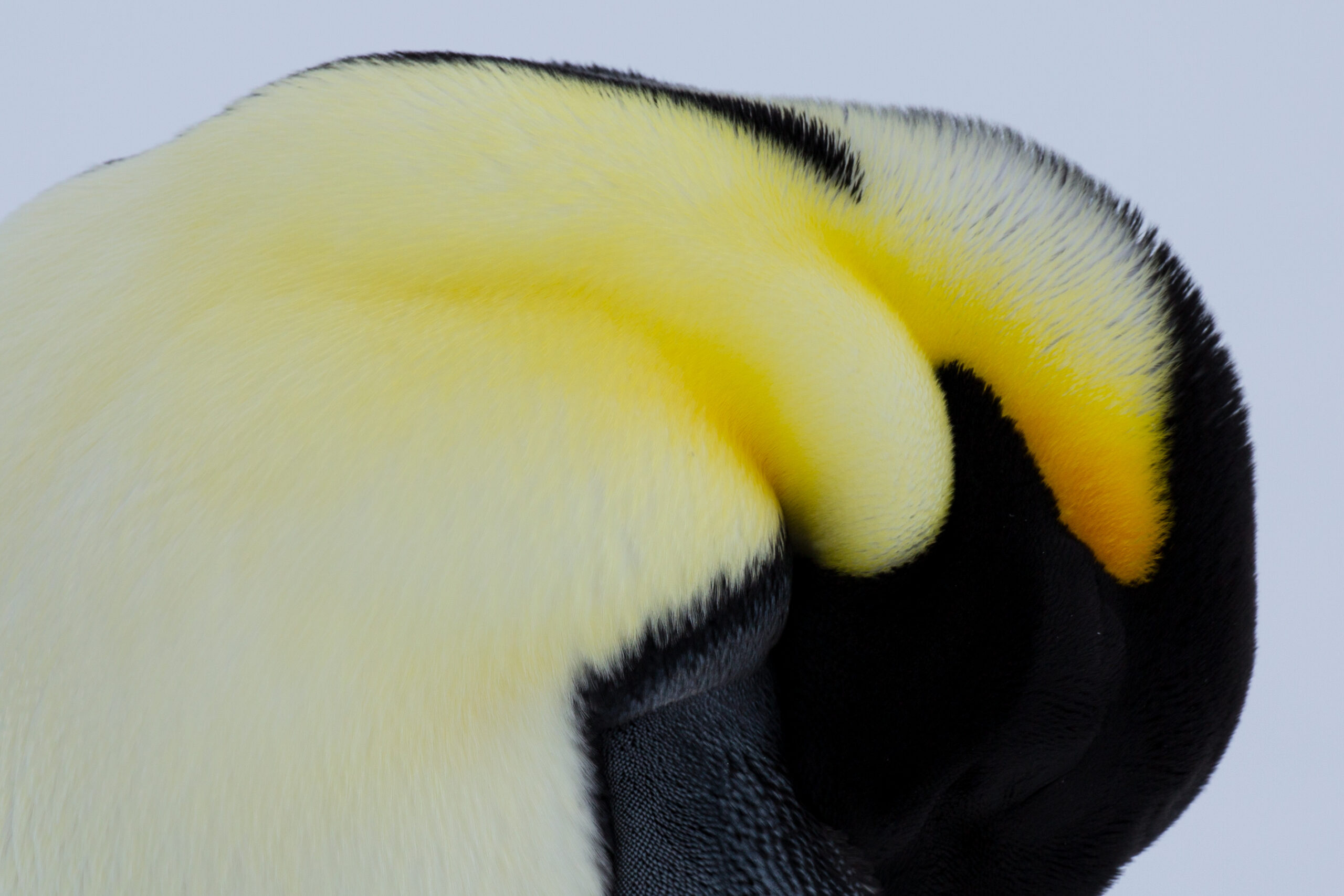
Once at the breeding grounds, they come together in massive colonies, engaging in elaborate courtship rituals. After mating, the female lays a single precious egg, which the male then carefully incubates in a pouch on his belly for over two months. During this time, the female ventures back to the ocean, braving the frigid waters to hunt for food to sustain both herself and the developing chick.
The males huddle together for warmth and protection, enduring hunger and exhaustion to ensure the egg’s survival through the harsh Antarctic winter. Once the chick hatches, both parents take turns caring for it, providing warmth and regurgitated food until it is strong enough to fend for itself.
Emperor penguins’ life history is a testament to their remarkable adaptations and unwavering dedication to their young. They face numerous challenges, from extreme weather conditions to the constant threat of predators, yet they persevere, relying on their social bonds and incredible resilience to ensure the continuation of their species in the face of adversity. A glimpse into any part of this journey is a humbling reminder of the power of nature.
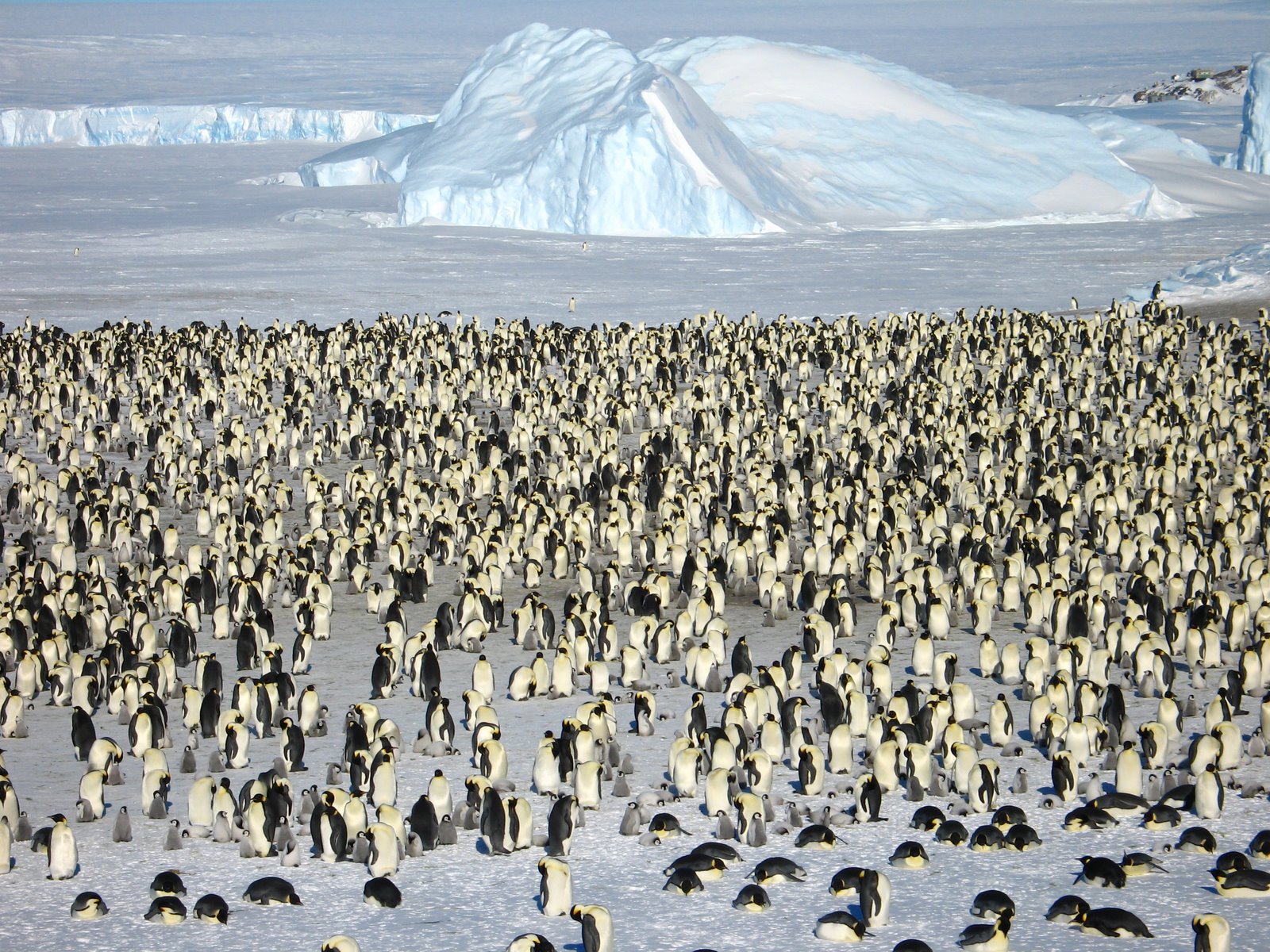
Emperor penguins are exclusive to Antarctica and its surrounding ice-covered waters (they are one of only two “truly Antarctic” penguins). The most accessible places to observe these magnificent birds are the coastal regions of the Antarctic continent, particularly the Ross Sea, the Weddell Sea, and Snow Hill Island by expedition yacht, or to join an expedition to the interior by plane and overland vehicle, and see the Emperors at their breeding grounds on the sea ice far from the water.
Join EYOS on an expedition to the White Continent to glimpse these extraordinary seabirds firsthand. Contact us at [email protected] to begin your Antarctic adventure.
